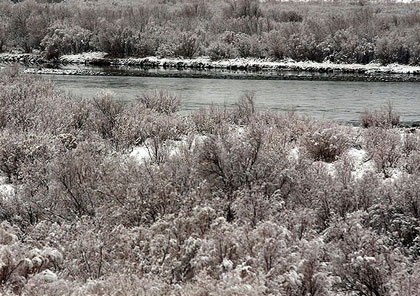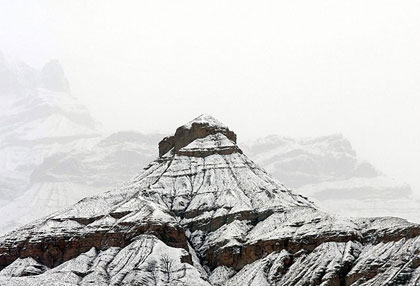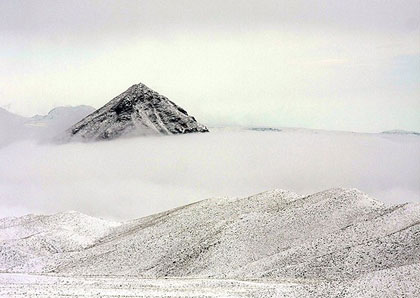Fast-Moving Climate Zones Are Speeding Extinction
- Published: April 29th, 2013
By Tim Radford, Climate News Network
As global temperatures rise, climate zones will shift at greater speed, according to new research in
Nature Climate Change.
If greenhouse gas emissions carry on increasing, then about 20 percent of the land area of the planet will undergo change – and the creatures that have made their homes in what were once stable ecosystems will have to adapt swiftly, or face grim consequences.
Heading for extinction? Rising temperatures are heightening the risk say researchers.
Credit
: Dick Mudde
“
The warmer the climate gets, the faster the climate zones are shifting”, says Irina Mahlstein, of the U.S. NOAA Earth System Research Laboratory in Boulder, Colo. “This could make it harder for plants and animals to adjust.”
Such fears are not new: in the past two decades biologists and ecologists have repeatedly warned that vulnerable species were at risk from climate change.
But vulnerable species are at risk anyway, just from pollution, habitat destruction and the spread of humanity across the habitable globe. What Dr. Mahlstein and her colleagues have done is to look at geography’s mosaic of climates and landscapes and measure the rates of change in these.
Late in the 19th century, European geographers began to map and define – and create labels for – climatic regions: the hot arid regions, the tundra, the tropical rainforests, the steppes, monsoon climates, Mediterranean climates and so on.
The idea was to be able to predict the life that might make its home in such places, according to temperature, precipitation and seasonal cycles.
This Köppen-Geiger climate classification became a handy base for considering what might happen as the world gets hotter.
Mahlstein and her colleagues considered what might happen over a two century stretch: from 1900 to 2098, under climate model simulations based on scenarios for warming.
If greenhouse gas emissions carry on increasing the creatures that have made their homes in what were once stable ecosystems will have to adapt swiftly, or face grim consequences.
Credit: flickr/
Brian Woychuk
They found that with a warming of 2°C, about 5 percent of land would shift into a new climate zone. As the temperatures rise another 2°C, 10 percent of the land area shifts to a new zone.
Temperate regions and the high latitudes will experience the most dramatic change, and in the tropics, the mountain regions will experience greater change than the lowlands.
Frost climates will begin to shrink; arid zones will increase, and regions that once experienced cool summers will find that things get hotter.
“About 20 percent of all land area undergoes a change in its original climate,” say the researchers. “This implies that species will have increasingly less time to adapt to Köppen zone changes in the future, which is expected to increase the risk of extinction.”
Tim Radford is a reporter for Climate News Network. Climate News Network is a news service led by four veteran British environmental reporters and broadcasters. It delivers news and commentary about climate change for free to media outlets worldwide.
































